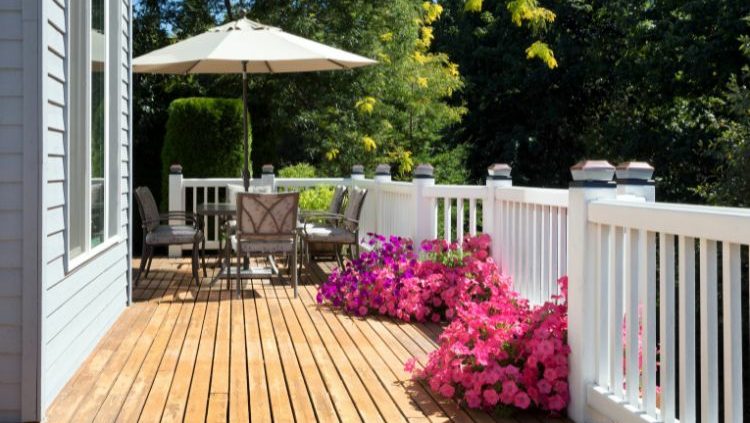Inspecting Your Deck
A residential deck can be a great addition to any home, providing a space for outdoor entertaining, relaxation, and enjoying the beautiful weather. However, decks can also pose safety hazards if they are not properly maintained and inspected. In this blog post, we’ll cover some of the key things to look for when inspecting a residential deck, as well as tips for keeping your deck in good condition.
First and foremost, it’s important to make sure that the structural integrity of the deck is sound. Look for any signs of rotting, warping, or insect damage in the decking boards, railings, and support beams. Pay particular attention to the areas where the deck attaches to the house, as these are often the most vulnerable areas. Make sure that the fasteners (nails or screws) used to hold the deck together are in good condition and not corroded or loose. Additionally, ensure that there are no loose or missing balusters, handrails, or other components.
Next, check for any signs of wear or damage to the deck’s surface. Make sure that the decking boards are securely attached and not cupping, splitting, or cracking. Check for any signs of water damage or rot, which can occur if water is not properly draining away from the deck. Look for any signs of mold or mildew, which can be a sign that the deck is not being properly cleaned or maintained.
Another important consideration is the safety of the deck. Make sure that the railings are securely attached and that there are no loose or missing balusters. The spacing between balusters should be no more than 4 inches apart, to prevent small children or pets from getting through. Check the handrails to ensure they are in good condition and firmly attached to the posts and balusters.
Check the stairs leading to the deck and make sure they are securely attached, not wobbly and in good condition, including the risers, treads, and the handrails.
Finally, be sure to check the deck’s ledger board and joist hangers. The ledger board is the horizontal board that is attached to the house and supports the joists. The joist hangers are the metal brackets that hold the joists in place. Make sure that these are securely attached and not corroded or rusted.
To keep your deck in good condition, it’s important to regularly clean it and check for any signs of damage. Sweep the deck regularly to remove debris and wash it with a mild detergent and water as needed. Make sure to clean and seal any cracks or gaps in the decking boards to prevent water from penetrating the wood. Also, use a water-resistant sealant or stain to protect the wood from moisture and UV rays.
Regular inspections and maintenance can help keep your deck in good condition and safe for use. If you notice any signs of damage or wear, it’s best to address them as soon as possible to prevent them from getting worse. Keep in mind that the above inspection is not definitive and expert opinion should always be taken for any serious concern.






















